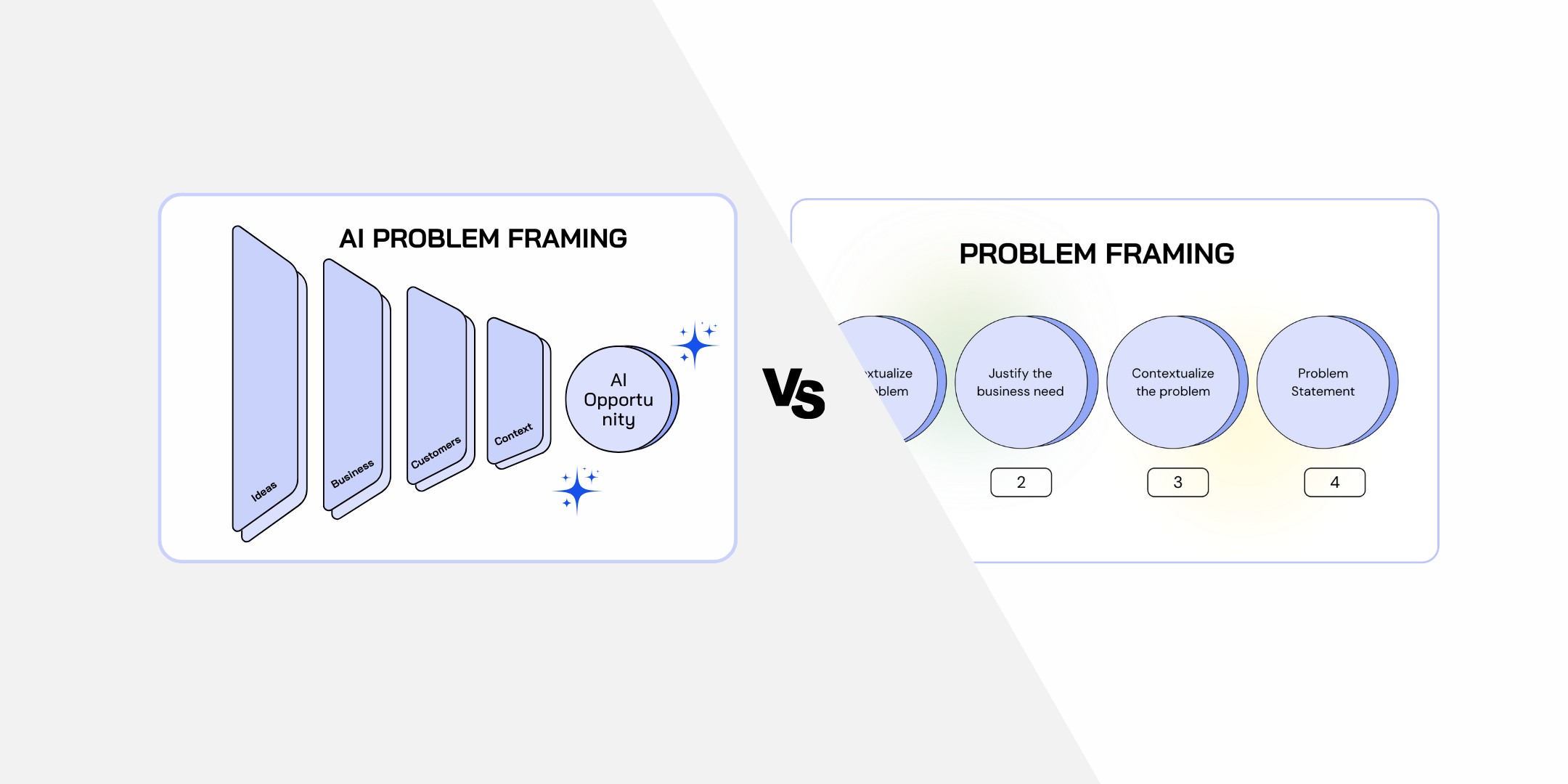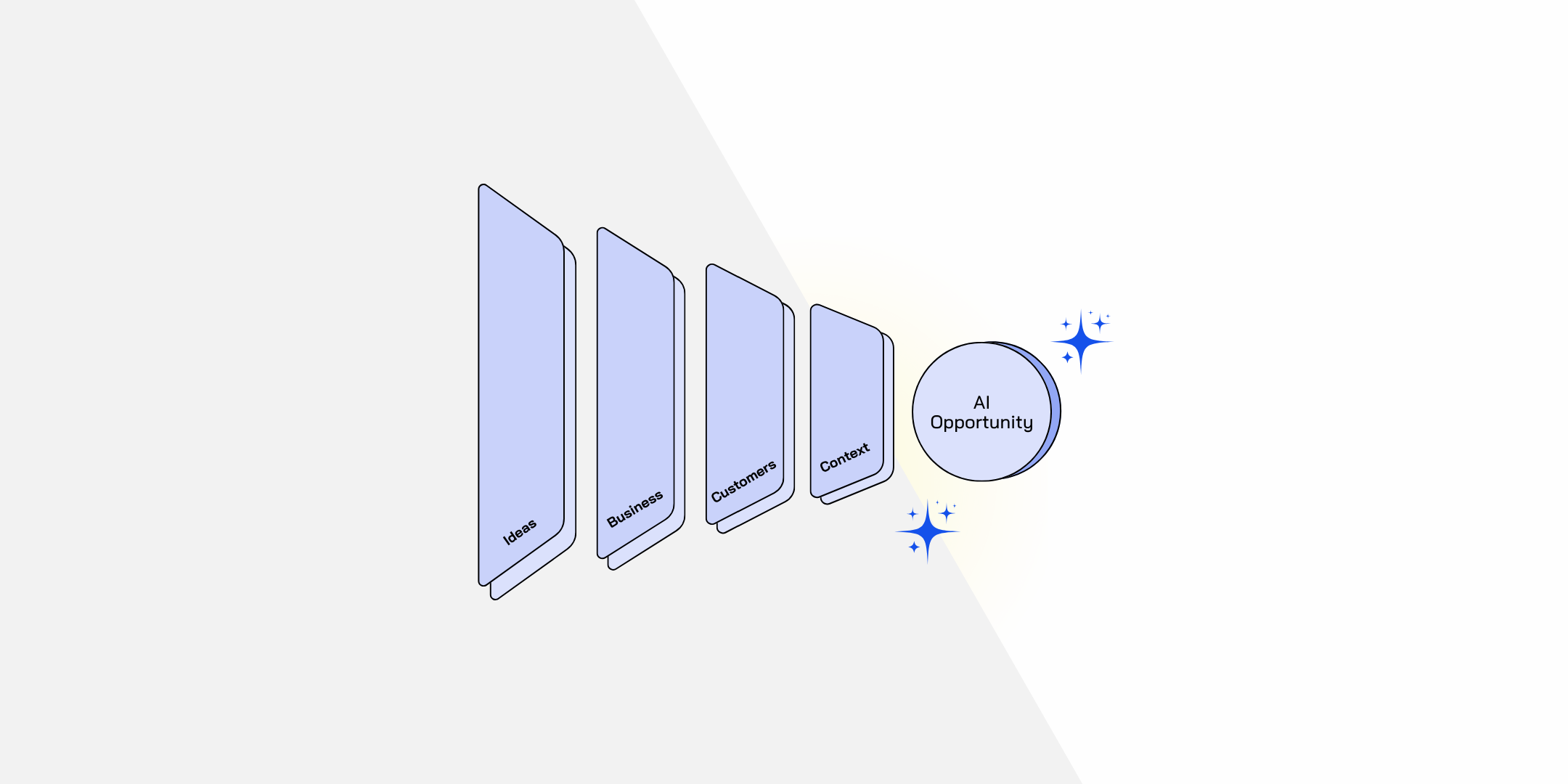Our View on Design Sprints

Design Sprint 3.0: Practical Design Thinking for Enterprise Teams
At Design Sprint Academy, we see design sprints as more than just structured workshops. They are a powerful catalyst for innovation, alignment, and collaborative problem-solving.
Over the years, we've worked exclusively with large organizations—from enterprise giants like Google, SAP, RGA, and eBay—to help them solve complex problems faster, with more clarity and less risk. What we teach and practice today is grounded in the realities of enterprise innovation and our experience as consultants and facilitators.
What is a Design Sprint?
A Design Sprint is a focused, four-day process designed to solve critical business challenges through ideation, prototyping, and user validation.
The method was originally developed at Google Ventures to help startups validate bold ideas quickly—without wasting time or resources. Born in fast-paced, high-risk environments, the sprint was designed for small, nimble teams that needed to move fast and learn faster.
But applying that same format inside a large organization isn’t as simple as copy-pasting. The speed and focus are still valuable, but the context is entirely different. Enterprises deal with layered decision-making, cross-functional silos, competing priorities, and higher stakes.
Let’s face it: telling a global enterprise to “move like a startup” is like asking an elephant to sprint like a mouse. It doesn’t work—not because enterprises are slow, but because their scale, complexity, and accountability are fundamentally different.
💡That’s why we evolved the process into what we call the Enterprise Design Sprint—or Design Sprint 3.0. It’s a practical evolution of design thinking, purpose-built for enterprise environments.
An Enterprise Design Sprint starts with Problem Framing to define the right challenge, then moves into a structured, time-boxed sprint to solve it.
It’s flexible enough to adapt to organizational realities, and evidence-driven enough to ensure teams align around what’s real—not what’s assumed.
The goal? Replace scattered, unstructured work with focused bursts of creativity and insight. Compress months of decision-making into a week. Align stakeholders around real user needs. And test assumptions before investing heavily in building anything.
How and When Enterprise Design Sprints
We use Enterprise Design Sprints to:
✅ Align cross-functional enterprise teams and reduce internal friction.
✅ Test desirability with real users before building solutions.
✅ Solve big, business-critical problems in a structured, repeatable way.
✅ Spark a culture of innovation through Design Sprint Hackathons that energize teams, surface bold ideas, and build internal momentum for change.
The four-day structure (the "Triple Diamond") we use follows a diverge-converge rhythm:
- Understand & Define the challenge and the customer context.
- Ideate & Decide through individual sketching, collaborative critique, and strategic choice.
- Prototype a realistic solution.
- Test with real users and gather insights that drive informed decisions.
We tailor this process for every enterprise team. We might adjust durations, spread out the schedule, or tweak activities—but the structure and principles remain constant.

A big reason this works? The foundation we lay beforehand. In most cases, we start with a Problem Framing workshop (more on this below), so teams enter the sprint with a clearly defined challenge, aligned expectations, and executive sponsorship already secured. This avoids wasting time in the sprint debating what problem to solve—and instead unlocks clarity and momentum.
Key Principles We Believe In
Solve the Right Problem.
We don’t jump into solutions. We align on what’s worth solving.
Fail Fast, Learn Fast.
We prioritize rapid feedback over perfection, so teams can make better decisions, earlier.
Key Tactics We Rely On
- Together Alone. Individual ideation before group discussion prevents groupthink and gives space to quieter voices.
- Time-Boxed Focus. Constraints fuel creativity and force prioritization.
- Turn-Taking. Everyone gets equal time to share. It prevents dominant voices and promotes balanced participation.
- Cross-Functional Teams. We bring together people from product, design, engineering, marketing, ops, legal, HR, etc.. The best solutions are holistic.
- Real Users. Real Feedback. We prototype and test with real users—not opinions. This turns assumptions into evidence in four days.
- Clarity Through Capturing. We document insights, decisions, and rationale. This builds alignment and continuity.
What Makes Our Approach Different
With so many innovation consultancies and design agencies offering similar-looking processes, it’s easy to assume a Design Sprint is just a structured recipe anyone can follow. But success doesn’t come from following steps—it comes from knowing how, when, and why to apply them. That’s where we stand apart.
✅ Not Just for UX Problems
Design Sprints are often mistaken for improving onboarding or optimizing checkout flows. Those are valid projects—but they aren’t sprint-worthy. At Design Sprint Academy, we use sprints to tackle bigger, more strategic, high-risk challenges.
A Design Sprint is a framework built for high-stakes questions like:
- Should we enter this new market?
- How can we reinvent our service model?
- What product strategy will differentiate us?
As co-founder John Vetan says, a sprint should focus on “big questions that require input from across the organization,” not UI tweaks. When used appropriately, a sprint becomes “a shortcut through the chaos”—a structured, time-boxed way to break indecision and make confident progress.
That’s why our sprints involve strategy leads, senior stakeholders, and business-critical decisions—not UX adjustments.
✅ Enterprise-Friendly (Flexible Duration & Roles)
We know it’s difficult to get busy teams in a room for five days. That’s why we designed Design Sprint 3.0 to be more flexible. It runs in four days—without cutting corners.
Senior stakeholders often join only for key moments in the first two days. A smaller, focused team takes the work forward with prototyping and testing. The result? Respect for people’s time without sacrificing outcomes.
✅ Data-Driven Decision Making
Before we move fast, we ensure we’re moving in the right direction. We anchor our process in customer evidence, behavioral insight, and market signals. Especially during the Problem Framing phase, we guide senior leaders in evaluating what the data actually reveals—so they align around what’s real, not what’s assumed.
This approach grounds the sprint team in truth, not guesswork.
✅ Emphasis on Problem Selection and Organizational Readiness
Even with the best facilitation and data, a sprint will fail without the right timing, focus, or buy-in. That’s why one of our most important differentiators is knowing when not to run a sprint.
We begin with Problem Framing not just to define the challenge, but to evaluate readiness. If there’s no clarity, no decision-making authority, or no path forward—we hit pause. A great sprint starts with strategic focus and commitment.
Problem Framing (Pre-Sprint). One of DSA’s signature contributions is the Problem Framing workshop that precedes many of our sprints. We discovered early on that too many teams were "jumping on the Design Sprint train before clarifying the problem or establishing what they intend to achieve."
In enterprise settings especially, challenges can be broad or ambiguous, and stakeholders unaligned—a recipe for a misfocused sprint. Problem Framing is a structured, typically half- to full-day session with senior stakeholders (often including the eventual Sprint Decider) aimed at defining the right sprint challenge.
During this workshop, the group "looks at the entire context of the business" —linking the challenge to overarching business goals/metrics and actual customer problems. They emerge with a validated problem statement (or set of statements) that connect user needs to business objectives. They also identify who should be on the sprint team and, crucially, they secure leadership buy-in: since the challenge is tied to business outcomes that execs care about, stakeholder support for the upcoming sprint is assured.
"Pick the right problem to solve to make the investment worthwhile," we often say. Problem Framing is how we ensure the sprint is set up for meaningful impact.
In 2018, Google itself recognized this need—inviting DSA to train their internal teams on Problem Framing to improve their sprints. As the sprint method moved from startups into large enterprises, context and clarity became non-negotiable.
Tools We Use That Make the Sprint Actually Work (When Others Don’t)
We’ve developed tools and rituals that make our sprints more than just well-run workshops—they create momentum and clarity.
1. Design Sprint Briefs & Replay Reports for Pre-Sprint Alignment and Post-Sprint Planning
We start with a Sprint Brief to align on the challenge, context, goals, and success criteria. We end with a Replay Report that captures insights, decisions, and next steps. These tools keep teams from retracing steps or losing momentum.
They also give senior leaders clarity and control. The Replay Report acts like a journal—showing not just what decisions were made, but why. It captures the context and intent behind each step, allowing teams to reflect, measure impact, and make informed adjustments moving forward.
2. Data-Driven Visualizations for Shared Understanding and Faster Decisions
Empathy maps, journey maps, ecosystem diagrams—we use them, but we don’t invent them in the room. Ours are grounded in real data and customer insight, not guesswork. These visual tools help teams build shared understanding fast and surface friction points with clarity. We’ve seen them accelerate alignment and decision-making by up to 5x compared to typical brainstorming sessions.
There’s a reason this works so well: our brains are visual recognition machines. We process visuals faster and remember them longer than text or speech. And most team members aren’t living in the data every day—they’re focused on running their part of the business. Visualizing insights helps bring everyone up to speed quickly and creates a shared mental model that fuels meaningful collaboration from the very beginning.
3. Team & Decider Onboarding Sessions for Readiness and Full Engagement
One of the biggest reasons sprints fail is because teams show up unprepared or misaligned. Without these sessions, you’ll see people dropping out mid-sprint for other commitments, others arriving without a clear understanding of the challenge, and participants relying on the most recent events—rather than the most important facts. Some struggle to support their perspectives with data, while others are simply unsure of their role.
That’s why we run short, structured onboarding sessions with the sprint team and key deciders before Day 1. We align expectations, clarify roles, and build trust—so teams start energized and ready, not figuring things out on the fly.
What We Believe
We believe that when done right, Design Sprints are a powerful catalyst for innovation, alignment, and collaboration. They’re not miracle cures or one-off workshops—they're repeatable, human-centered processes that help teams focus on what matters, solve the right problems, and move fast with confidence.
Design sprints have helped our clients:
- Launch successful products
- Align cross-functional teams
- Reduce time-to-decision
- Test ideas with real users before heavy investment
Design sprints work because they bring the right people together at the right time to solve the right problem. They blend the creativity of design thinking with the speed of agile—and replace endless meetings with momentum.
Most importantly, they make work exciting again. We’ve seen enterprise teams leave sprints energized, focused, and ready to move.
Final Thought
A Design Sprint isn’t a silver bullet. But when done right—with the right preparation, people, and mindset—it’s one of the most effective tools to make confident decisions fast.
In many ways, Design Sprint 3.0 is practical design thinking. If traditional design thinking lives in the upper half of the Double Diamond—abstract exploration of problems and solutions—then Design Sprint 3.0 operates in the lower half: where things get concrete.
.png)
The sprint process brings structure and discipline to design thinking. It moves teams from the problem space to the solution space, and from abstract exploration to tangible outcomes. We start with Problem Framing to clarify what matters, then rapidly move to prototyping and testing. That shift—from "talking about it" to "building and validating it" in four days—is what makes it so effective in large organizations.
It turns design thinking principles into business results.
That’s our perspective—and it’s what we’ve built our work around at Design Sprint Academy.









